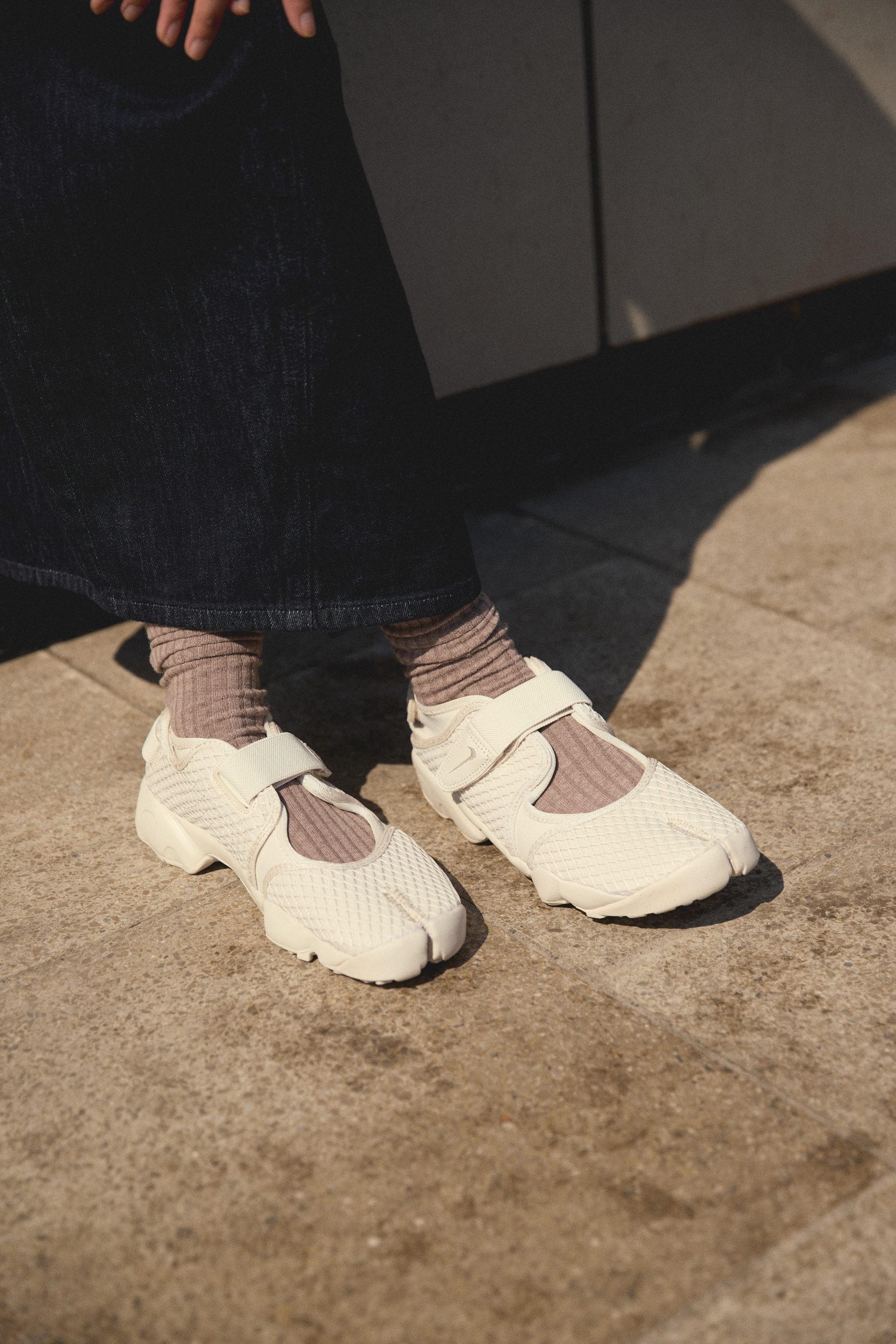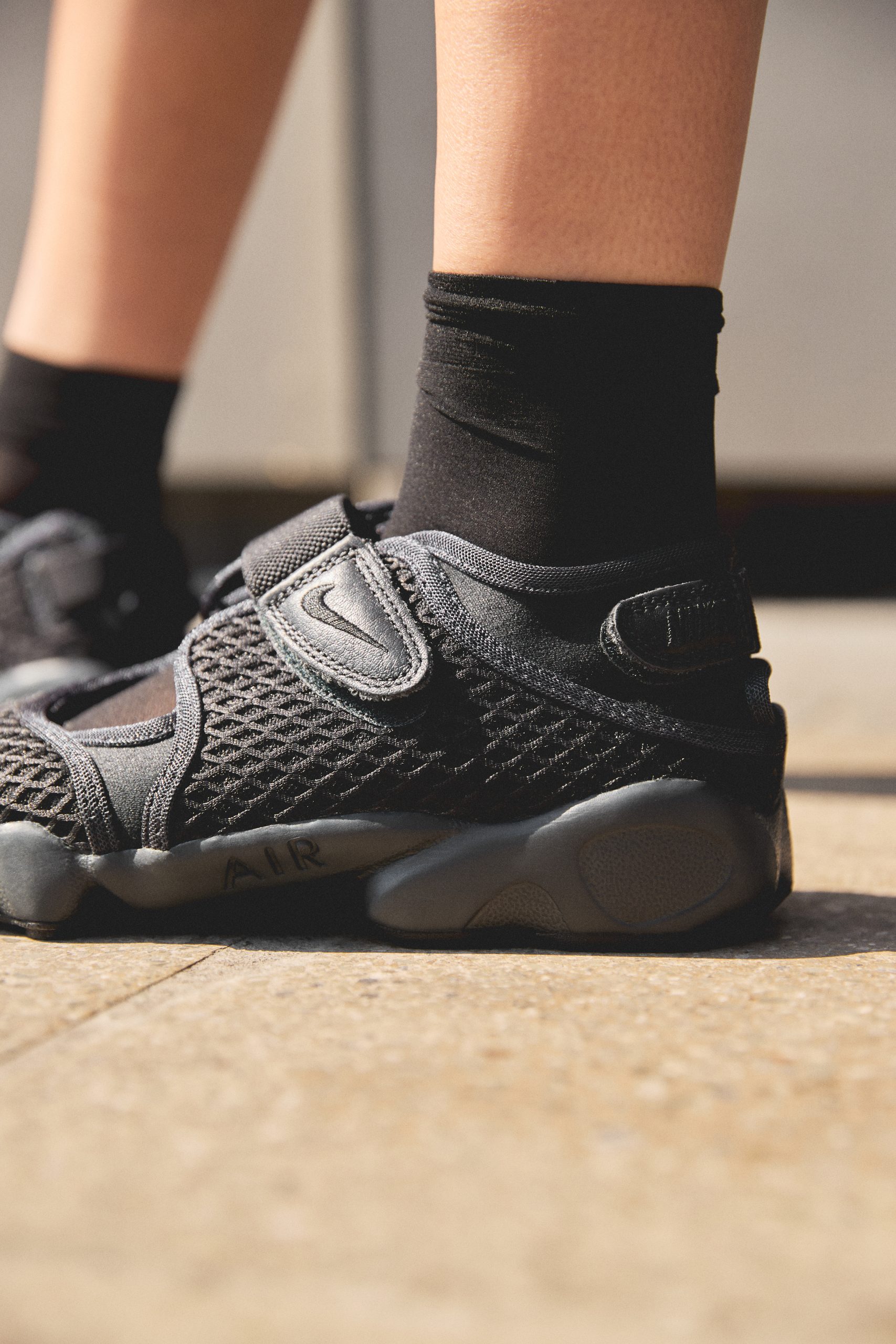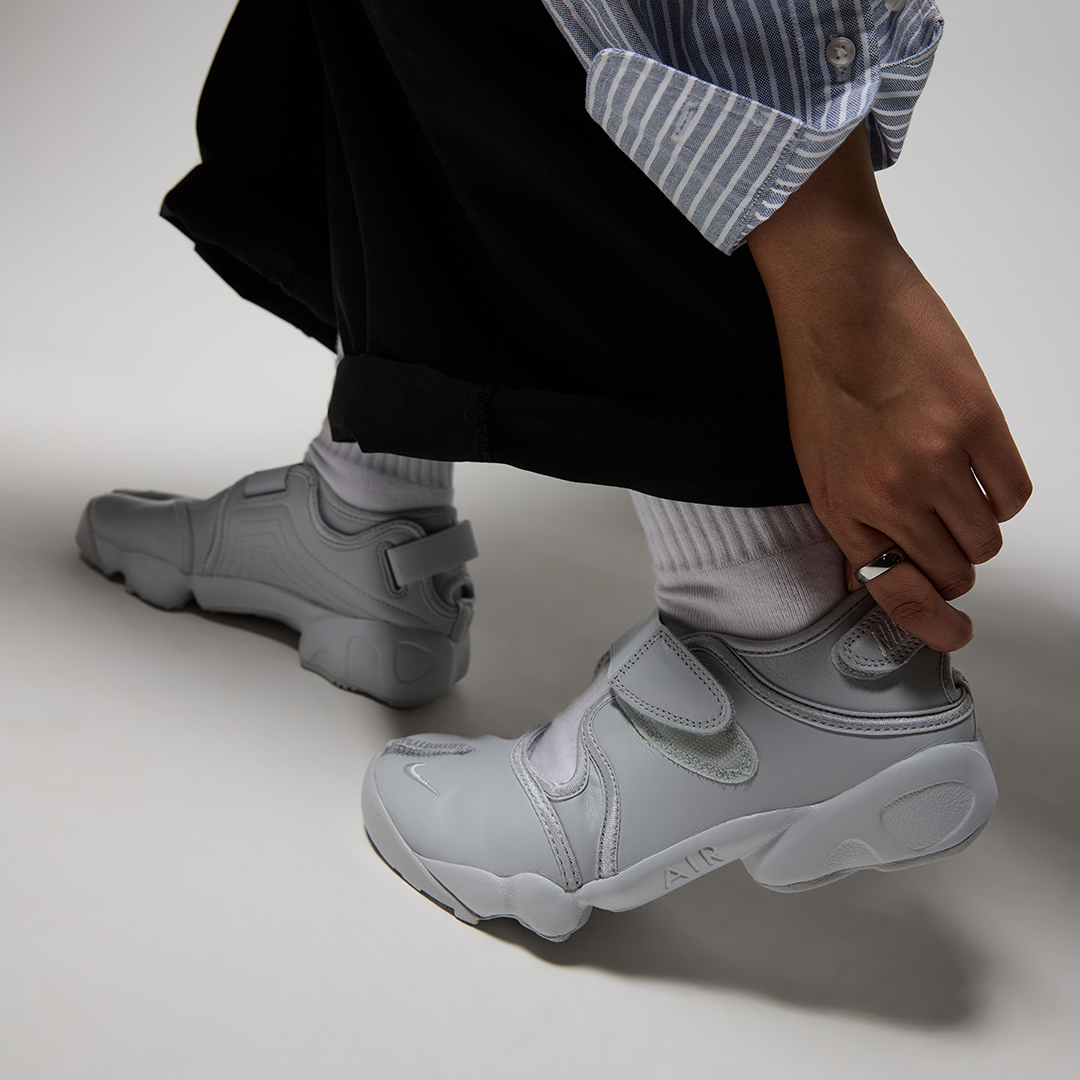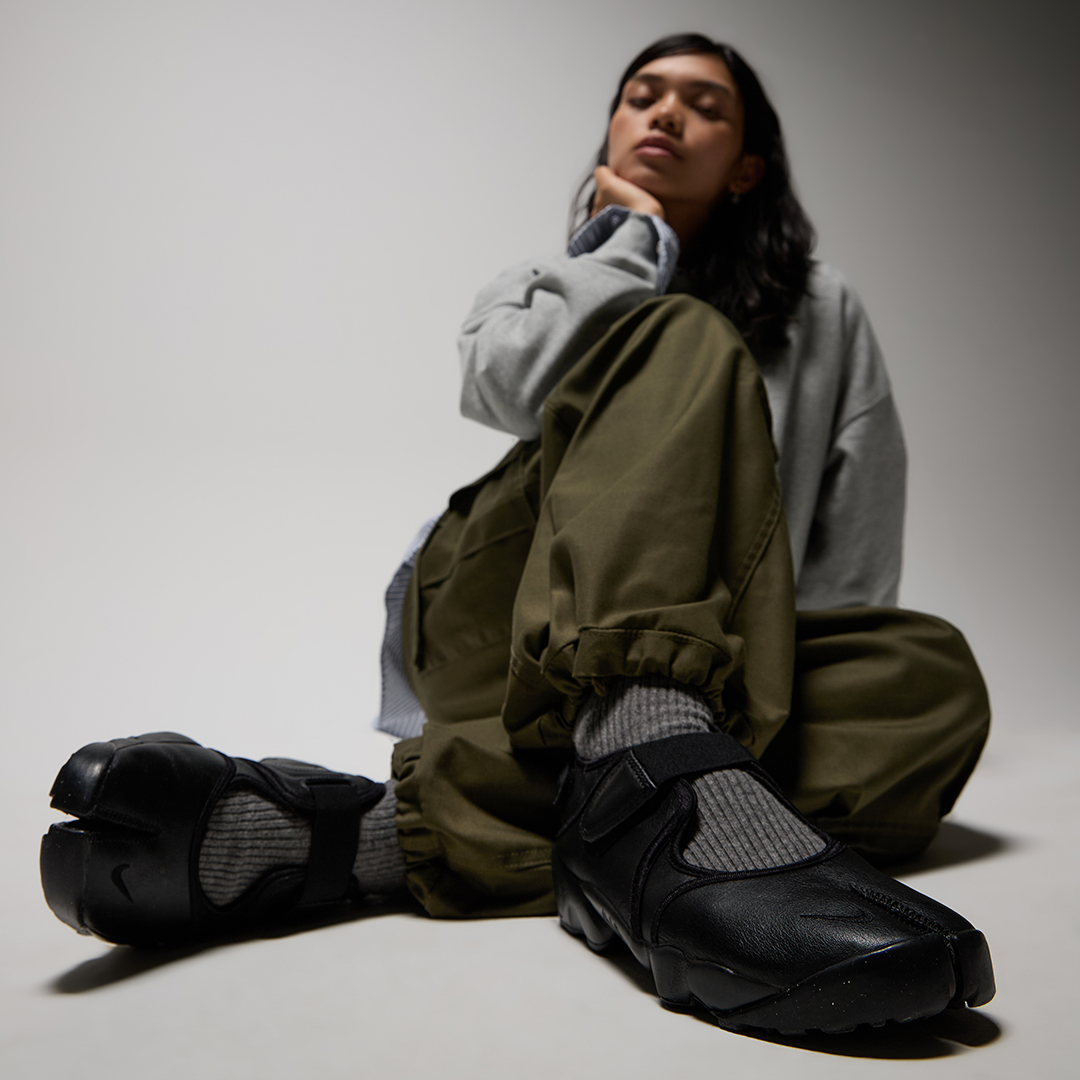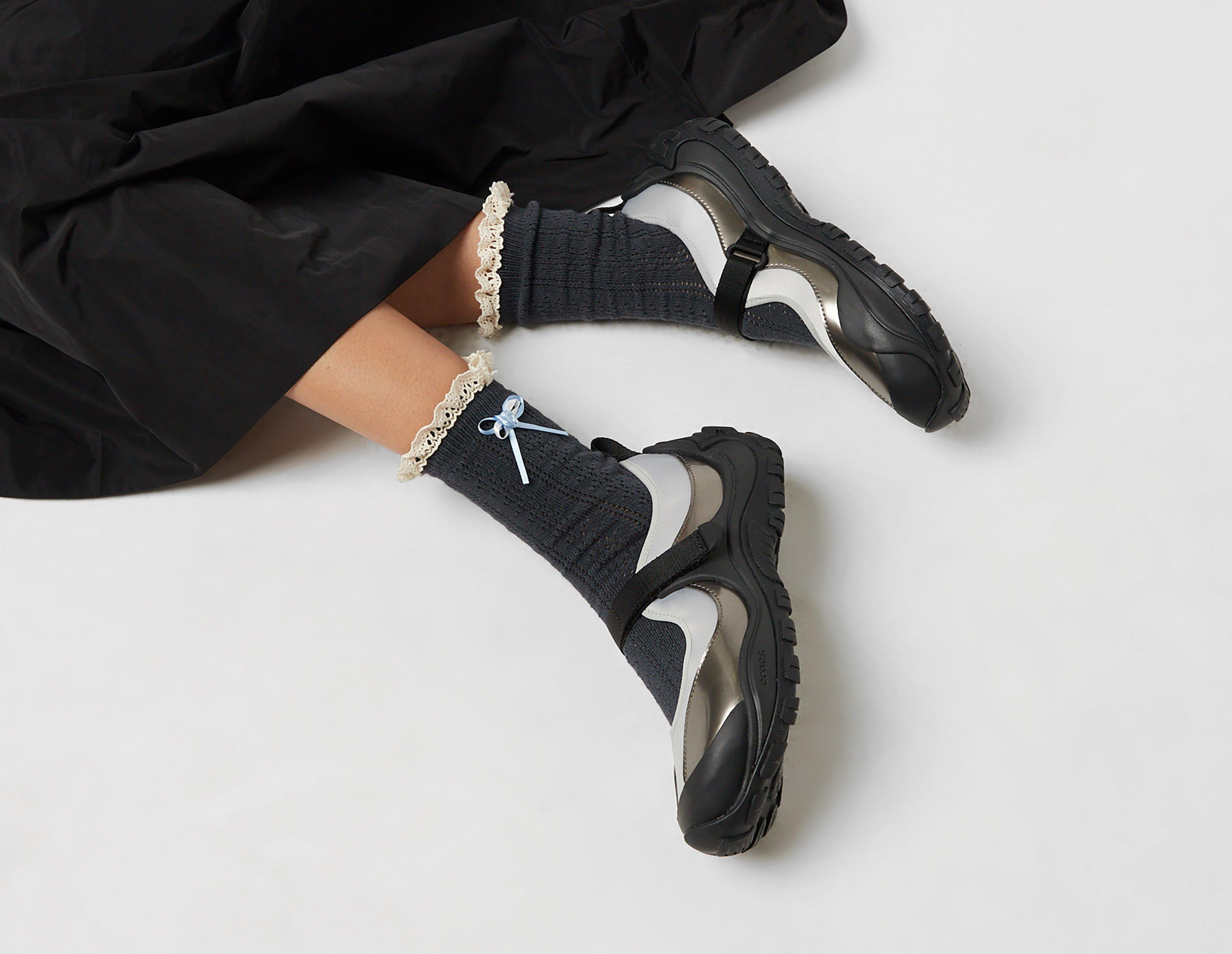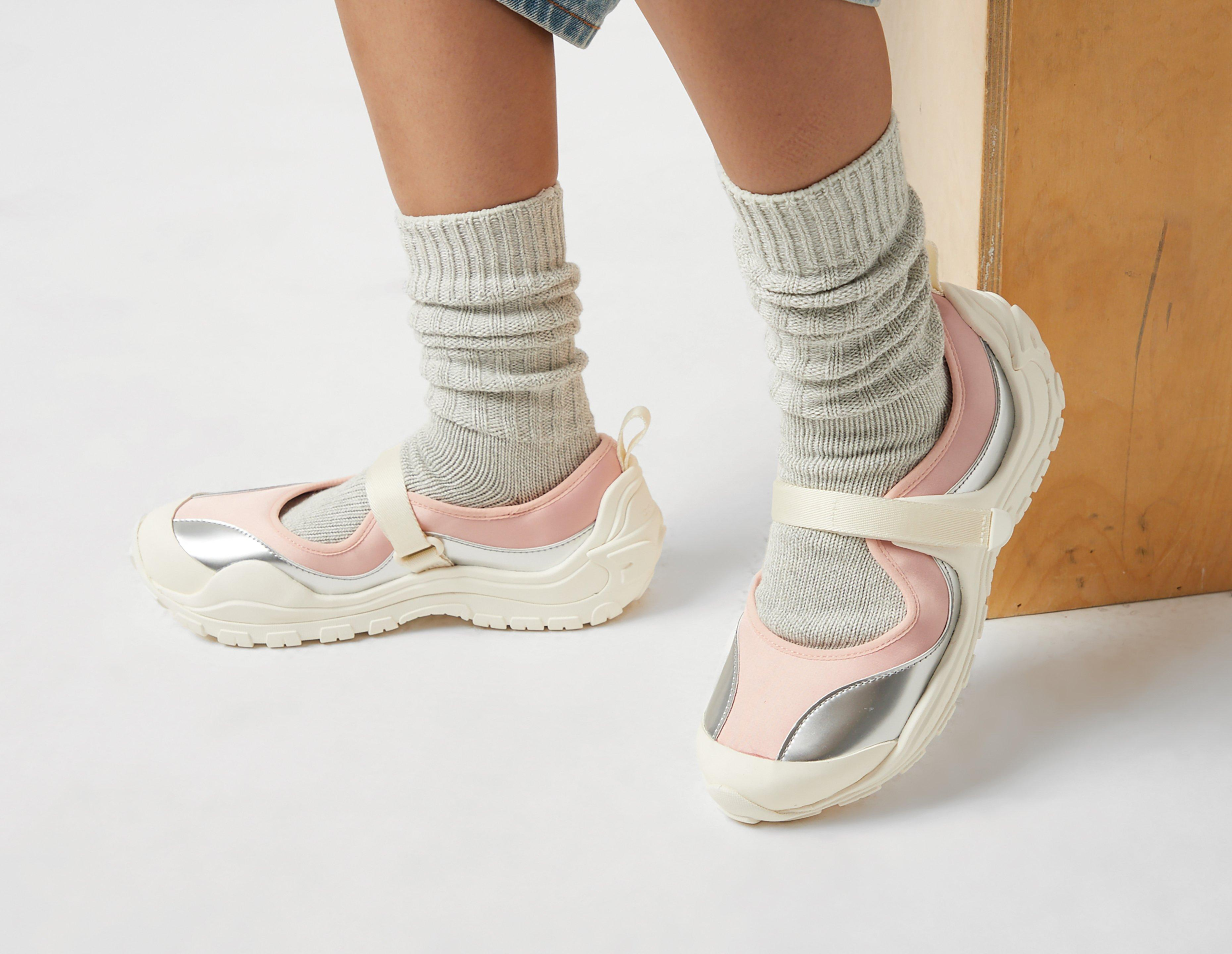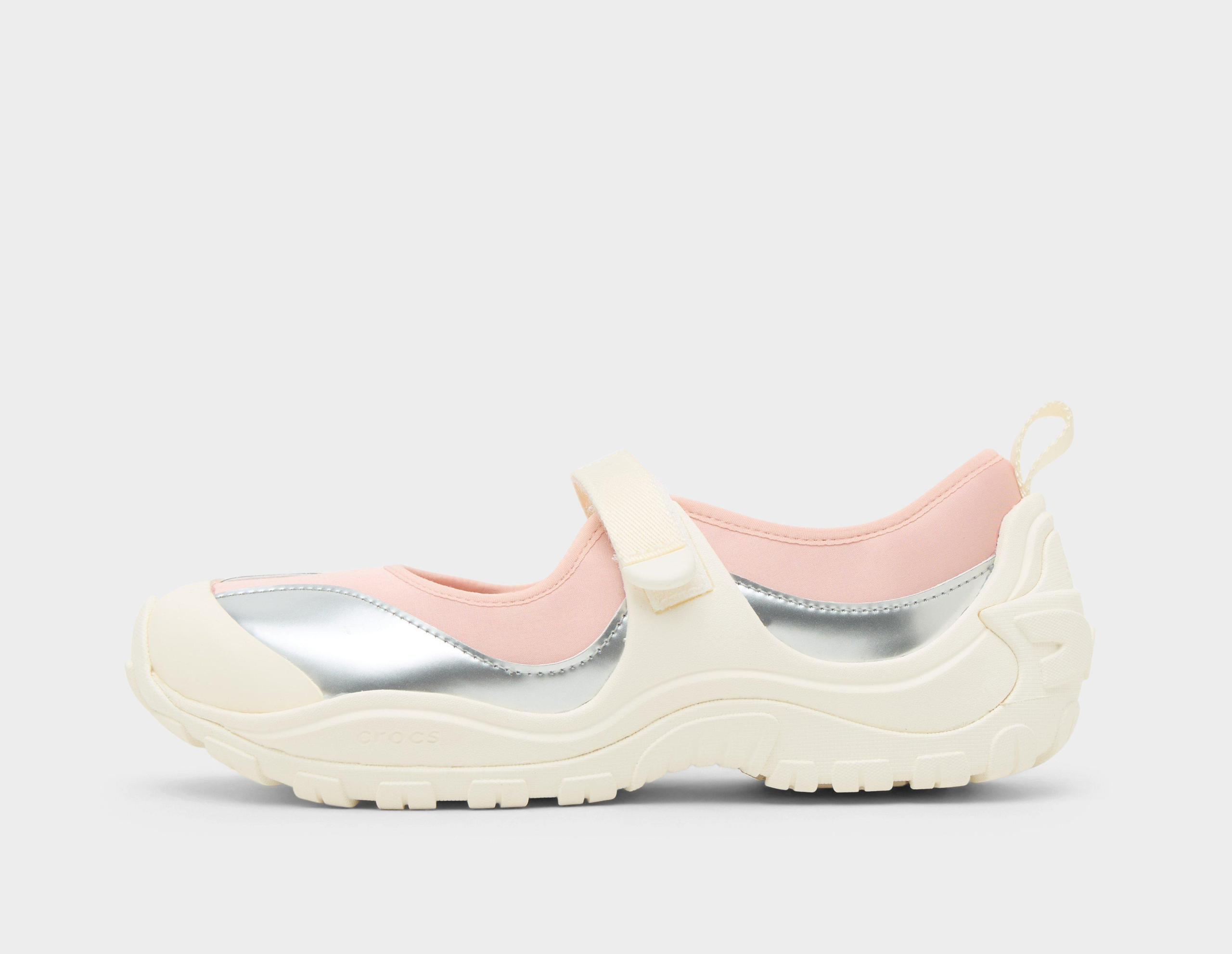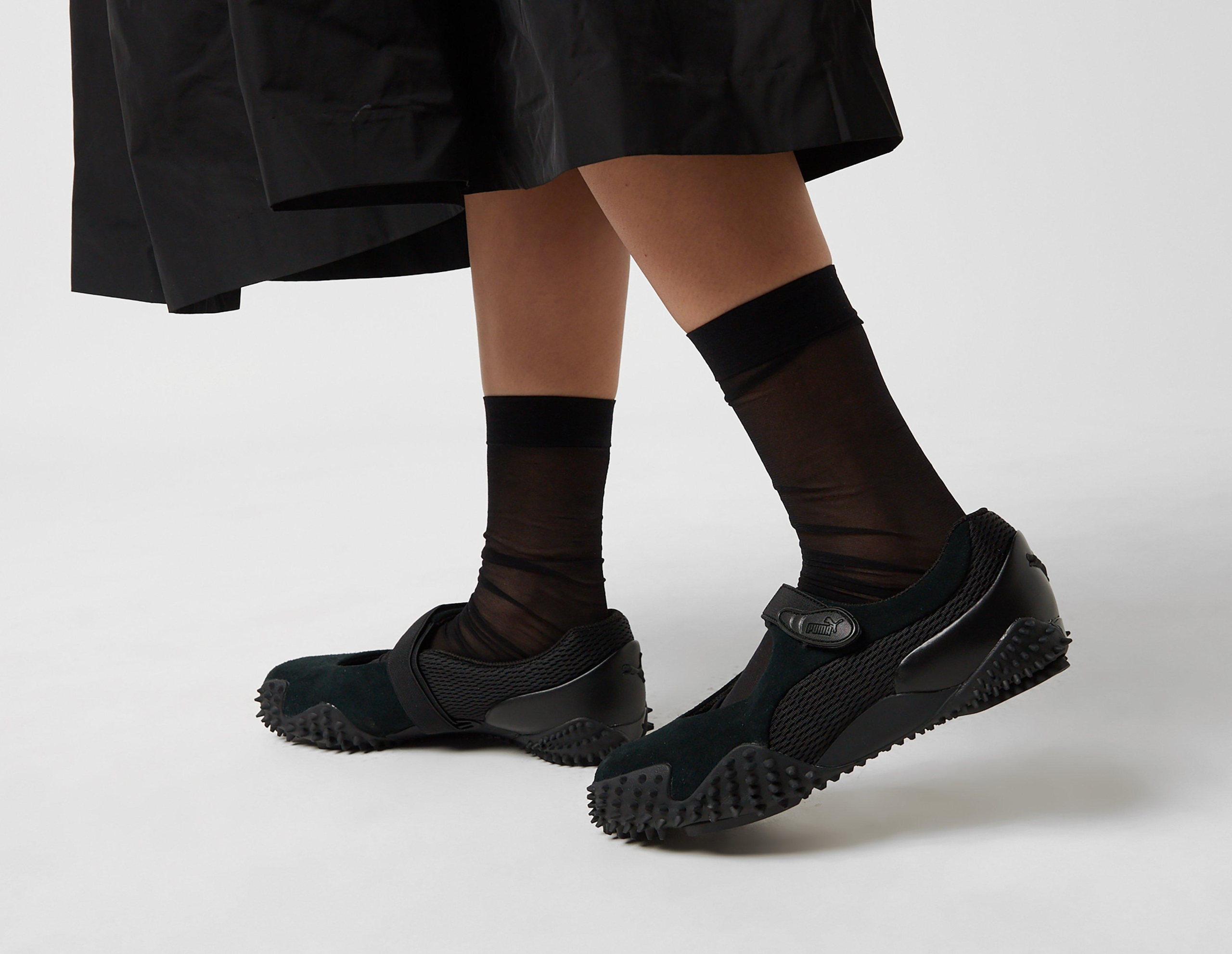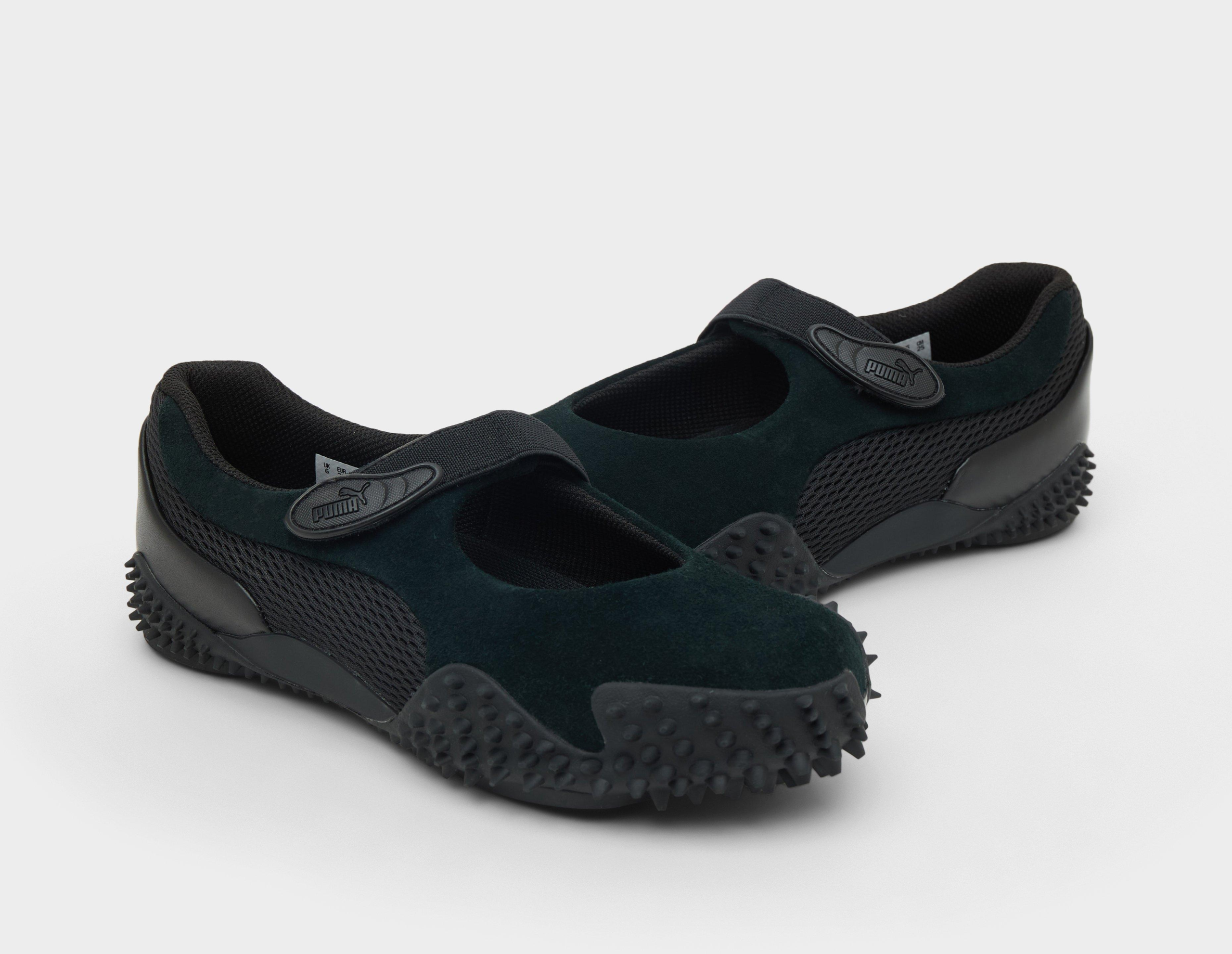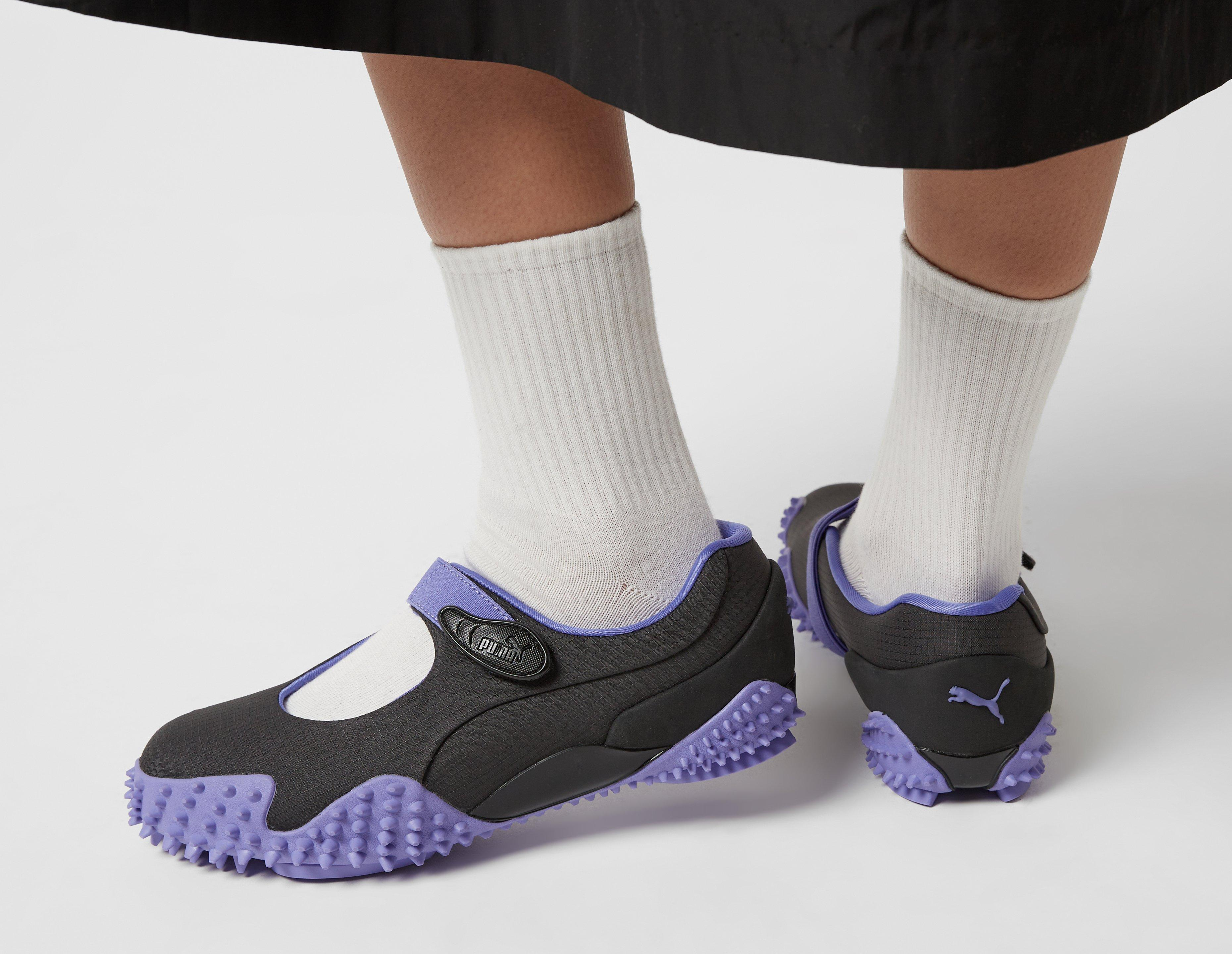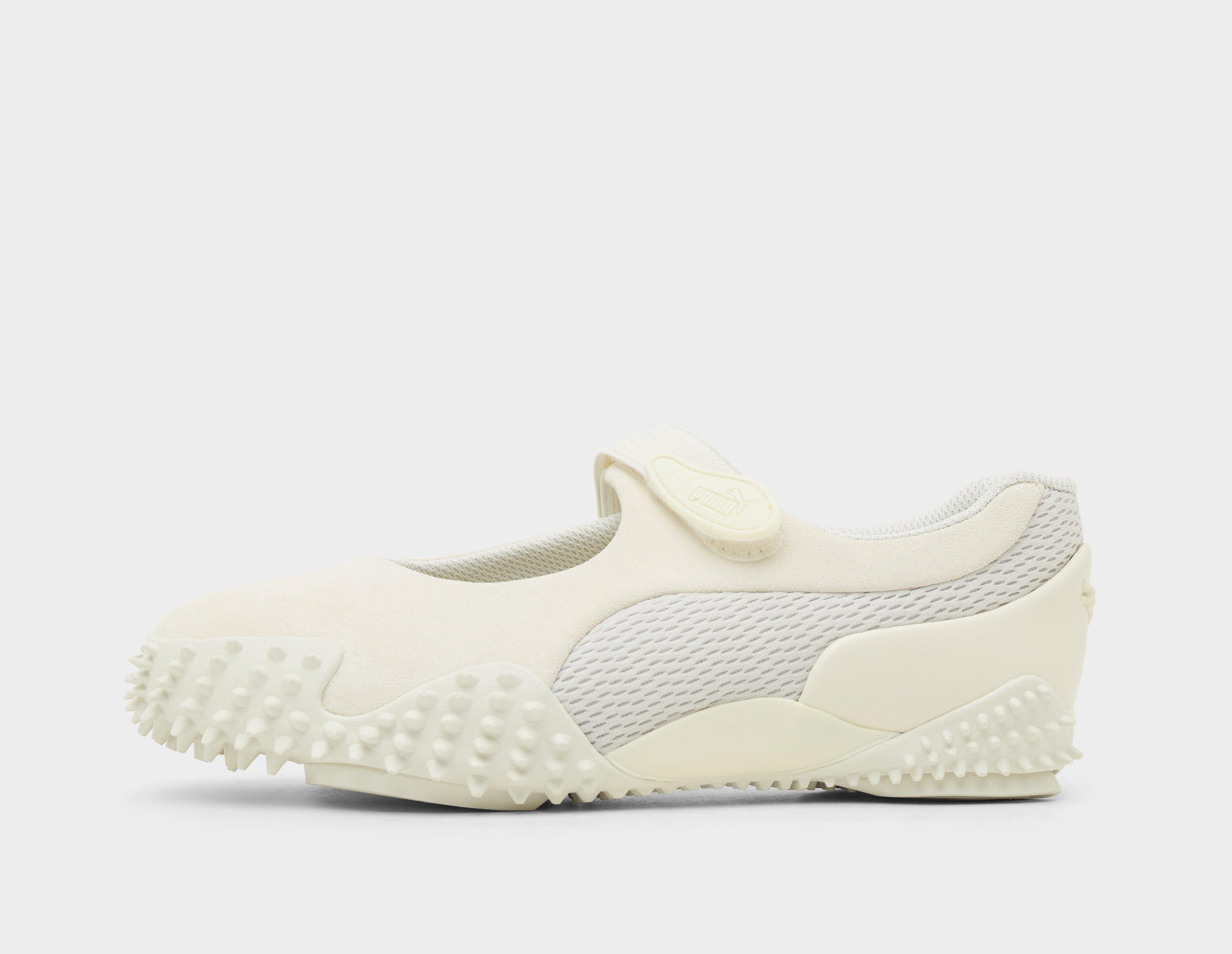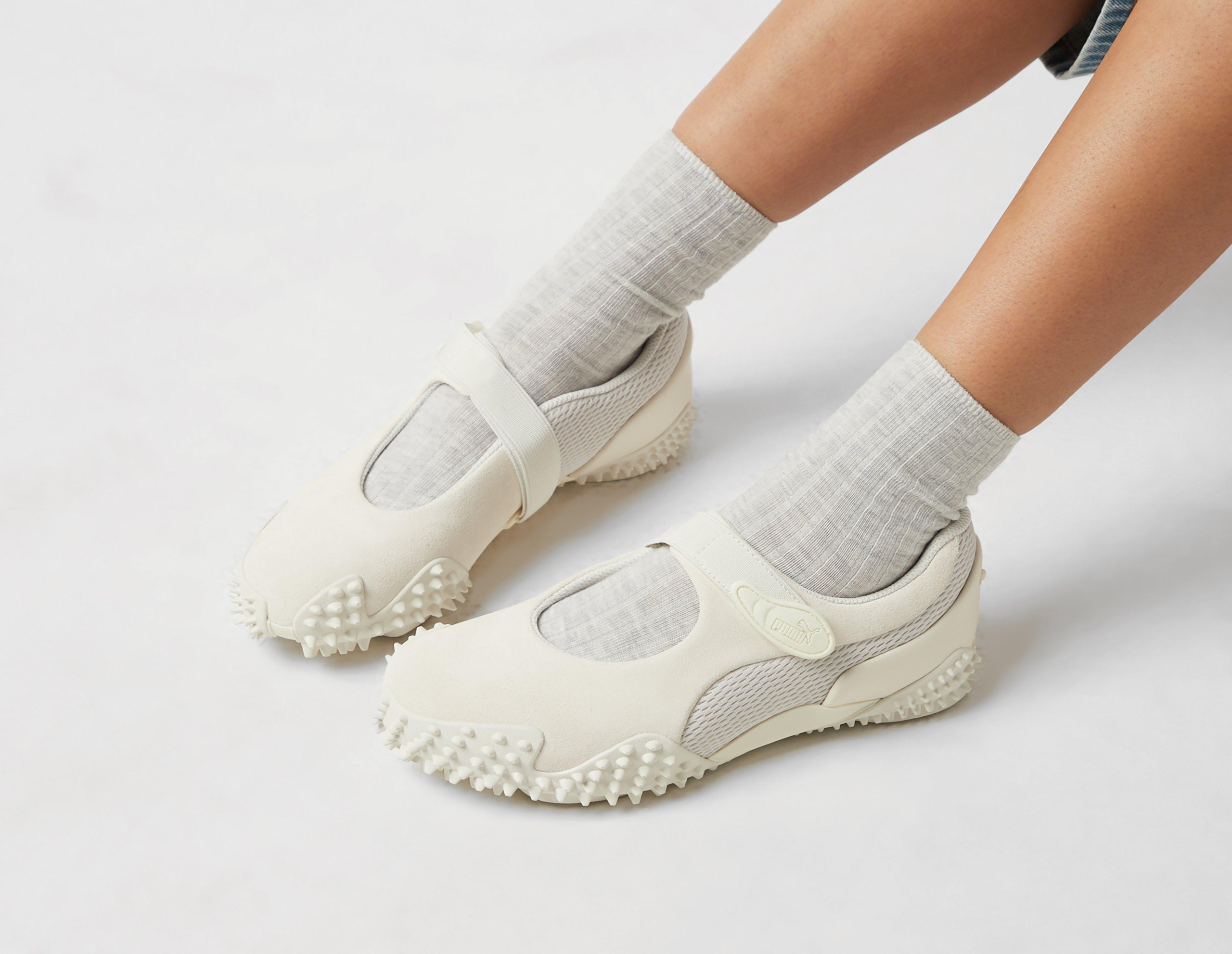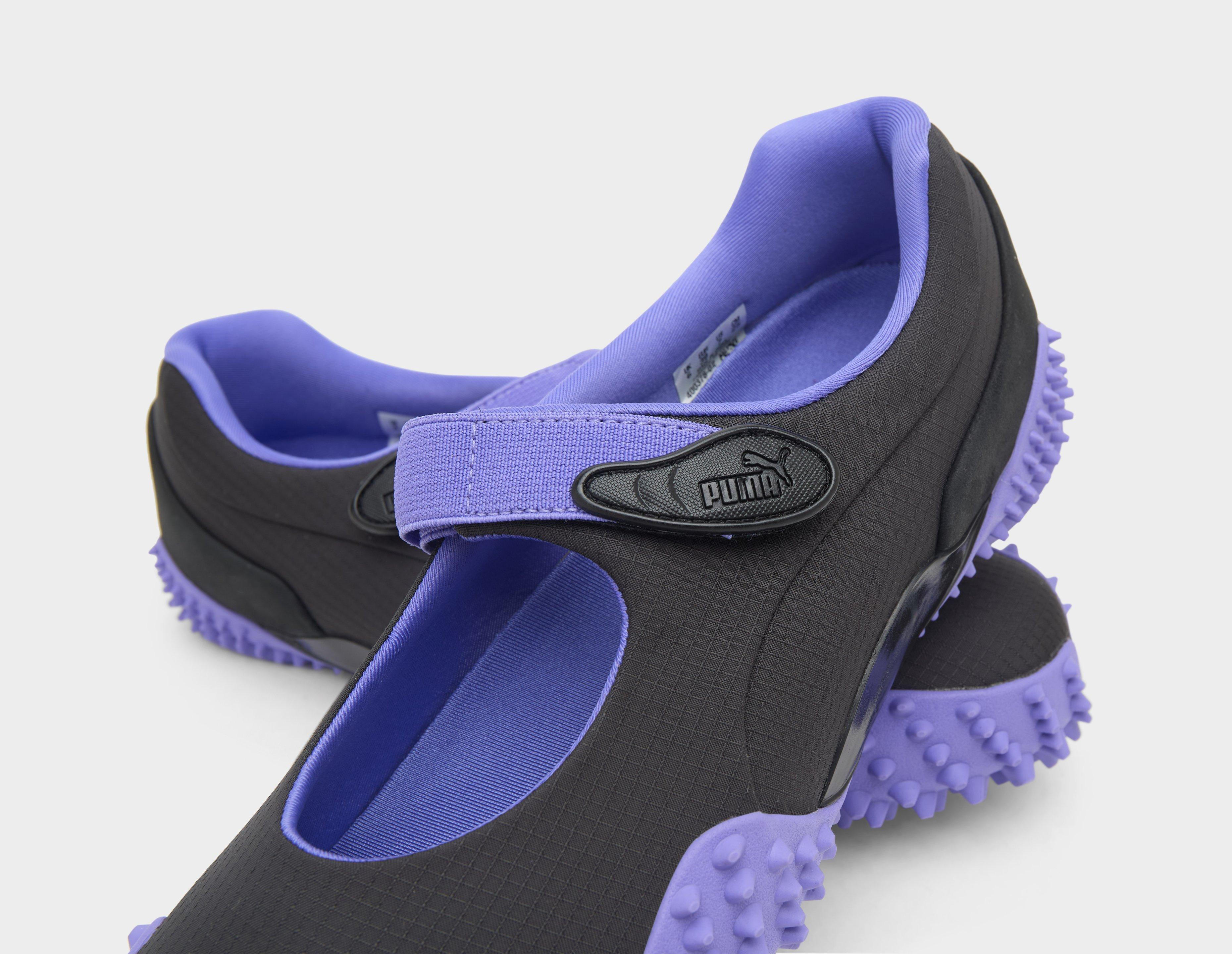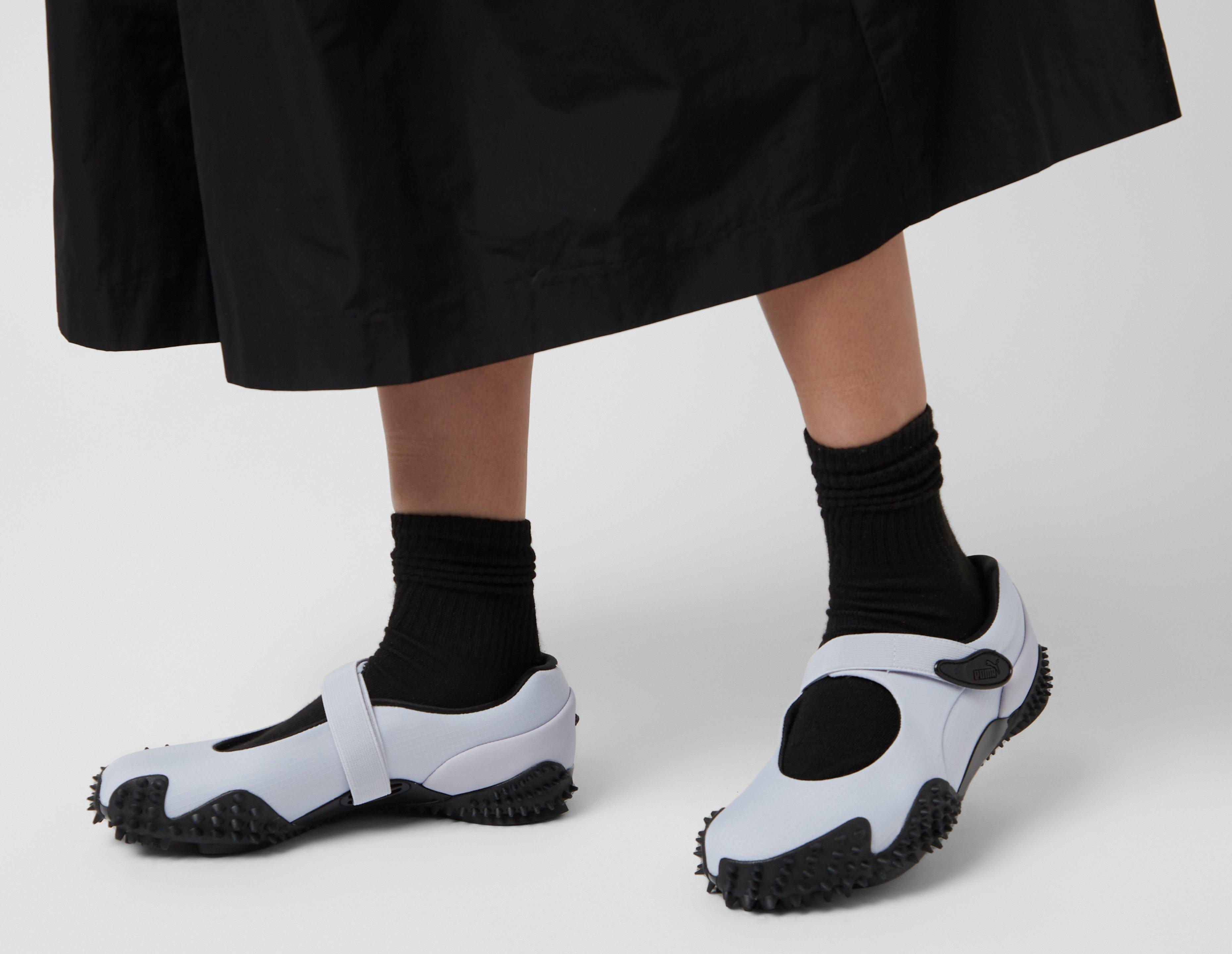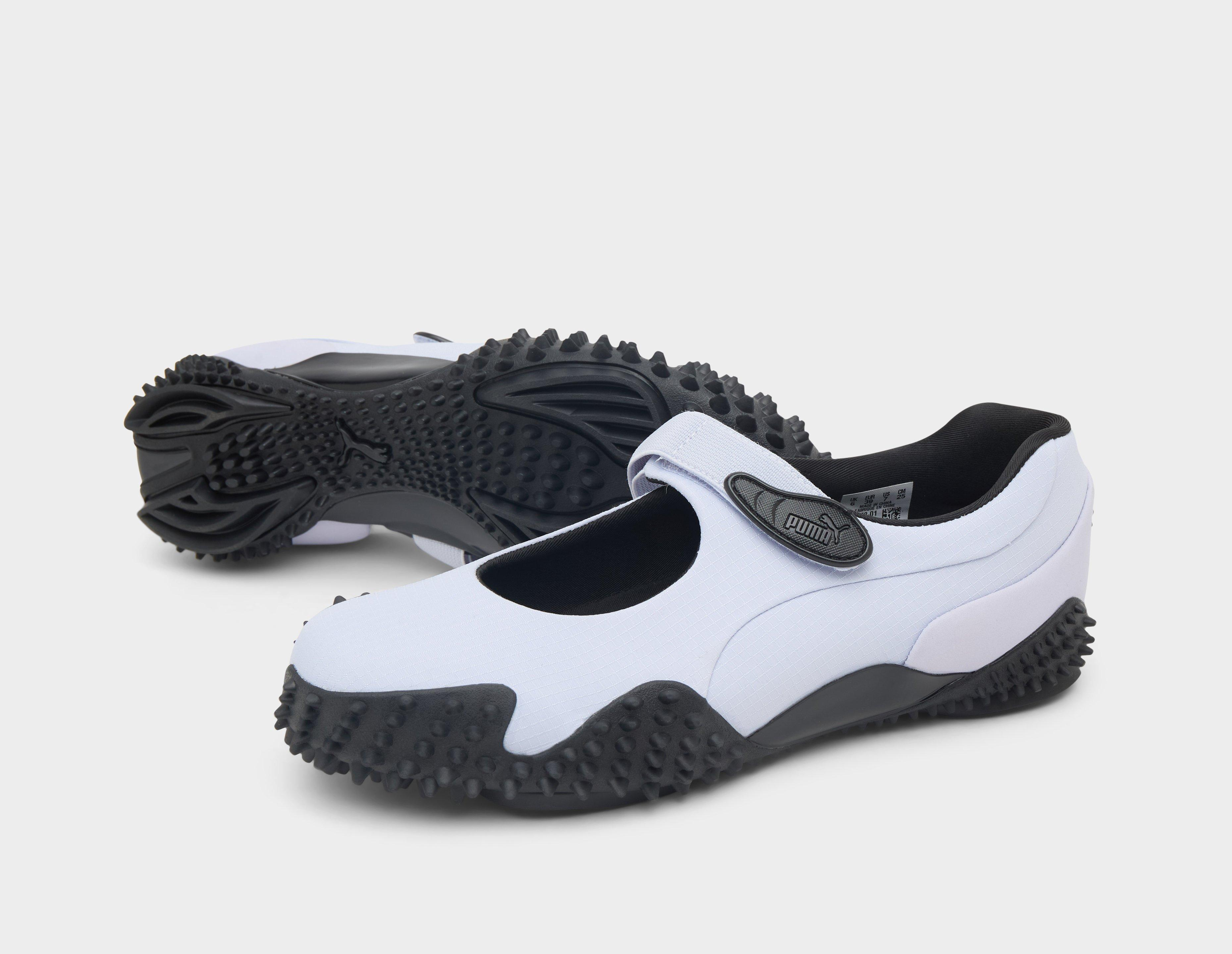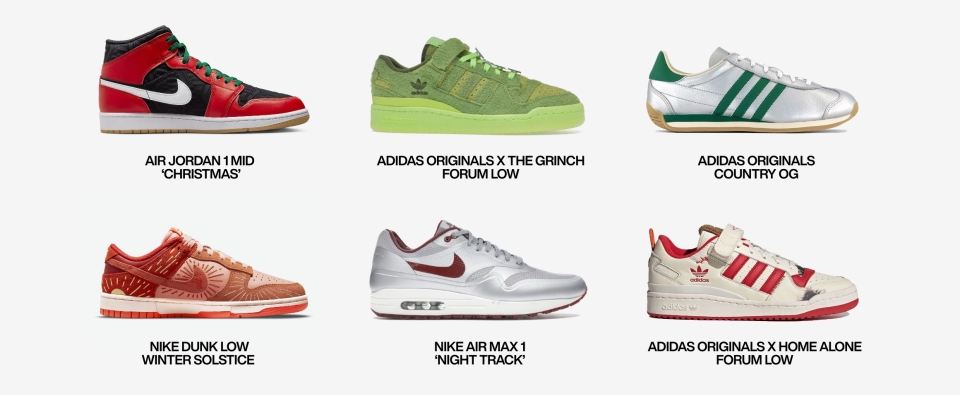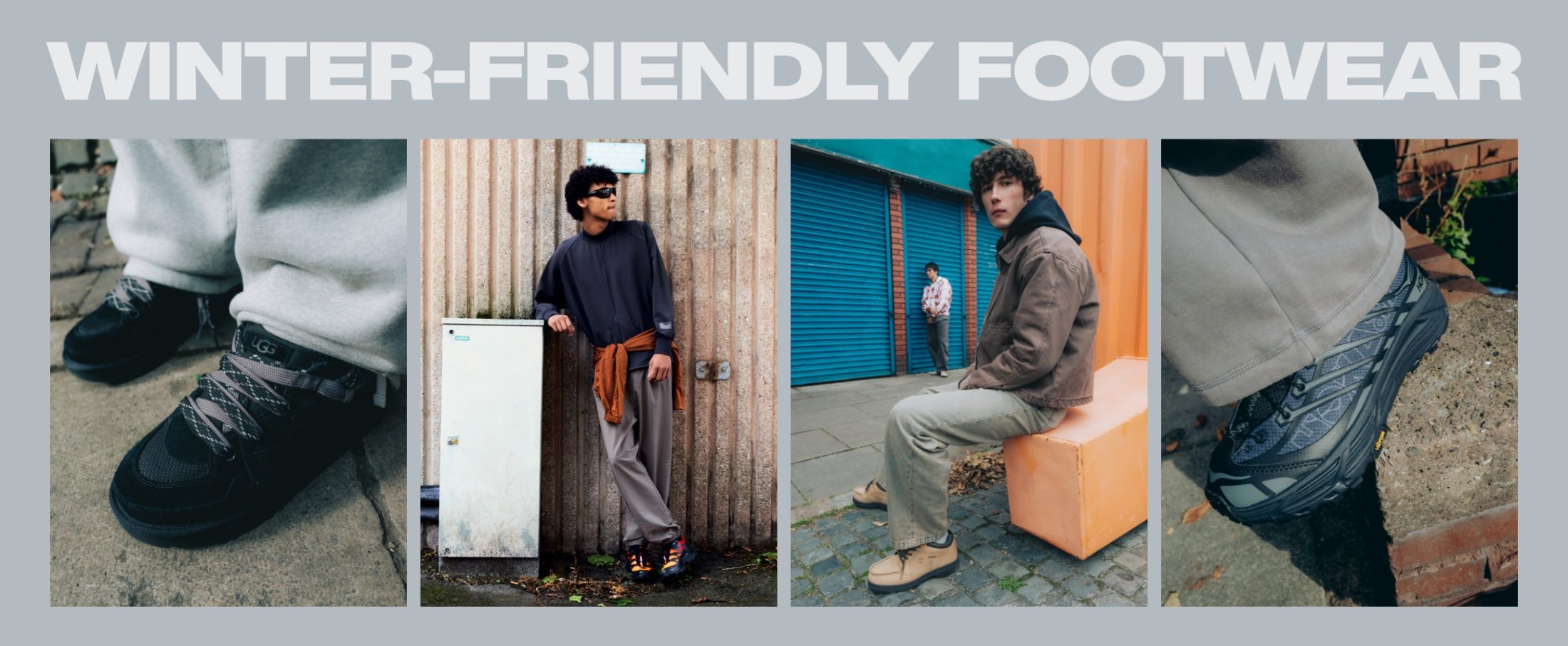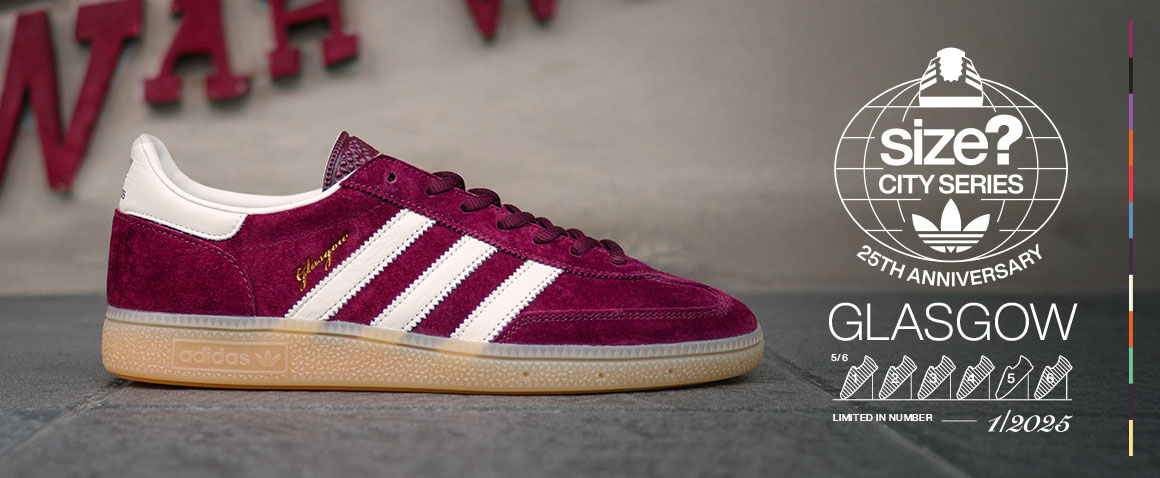The modern comeback of Mary Janes

The Mary Jane is as prim as it is proper. From its humble 20th-century beginnings to its current resurgence on the runway, this once-traditional silhouette effortlessly bridges the gap between childhood nostalgia and contemporary fashion. Defined by its signature T-bar strap across the instep and round toe, it’s been a staple in wardrobes for over a century and its character continues to captivate.
Coquette/hyper feminine/balletcore – whatever you want to label it, this low-profile footwear trend has been infiltrating women’s – and yes, men’s – fashion weeks for a few years now. Gone are the days when footwear options were confined to sneakers with the emergence of styles like New Balance’s 1906 Loafer, Birkenstock’s Boston and Nike’s Air Rift. The boundaries of traditional footwear have been redefined allowing people to embrace a diverse and expressive personal style.
Not got Mary Janes on your 2025 bingo card? Let’s walk you through a brief history of the shoe. Buckle up.
The Origins of the Mary Jane Shoe
The Mary Jane gets its namesake from an American comic strip called Buster Brown, created in 1902. In the strip, Mary Jane was the sister of the titular Buster Brown, and both wore a specific type of T-bar strapped shoe. The shoes quickly became synonymous with the character and, by extension, with the style. It was then in 1904 that bar shoes became known as Mary Janes when the popular Brown Shoe Company named their own bar shoes after Mary Jane. Still with us?
As the decades rolled on, the Mary Jane evolved beyond its utilitarian roots. In the ‘60s, courtesy of designers like YSL and the rise of Mod fashion, Mary Janes transformed into a chic, playful style. With higher heels, patent leather finishes, and bold colours, the shoes garnered popularity among pacesetters who made them pivotal with the era’s youthful exuberance.
In the ‘90s, Mary Janes experienced another revival, adopted by subcultures like goths, punks, and grunge enthusiasts. Paired with plaid skirts, tights, or ripped jeans, chunky-soled Mary Janes became an edgy statement that balanced rebellion and femininity.
The Mary Jane Today: A Fashion Renaissance
With designers reimagining the classic silhouette, luxury fashion houses like Prada and Miu Miu have incorporated Mary Janes into their collections, experimenting with bold platforms, metallic finishes, and unexpected materials, delivering polished excellence. Sport and lifestyle brands have also embraced the shoe, taking it into the realm of athleisure, blending comfort with style like the UGG Bea and the Crocs Terre. Meanwhile, Vivienne Westwood, GANNI and Cecilie Bahnsen x ASICS have reinterpreted the Mary Jane for today’s voguish consumers.
How to style Mary Jane shoes?
An abundance of cities celebrate the Mary Jane for its styling versatility, blending heritage with modern trends to suit their distinct cultural and fashion identities. New Yorkers have adopted the Mary Jane in bold and modern iterations, such as platform styles and chunky soles, reflecting the city’s dynamic, eclectic vibe. London’s mix of punk, vintage, and high-fashion influences makes the Mary Jane a favourite – in our opinion, the softness of the shoe pairs well with androgynous tailoring. While Tokyo’s Harajuku scene embraces the playful and whimsical nature of the shoe, making it a staple in kawaii and Lolita subcultures. It’s easy to see why the Mary Jane’s aesthetics resonate with every generation and city.
Keep an eye out for models like the PUMA Speedcat Ballet and Mostro Fey, adidas Samba Mary Jane and more dropping online and in-stores at size? soon.


